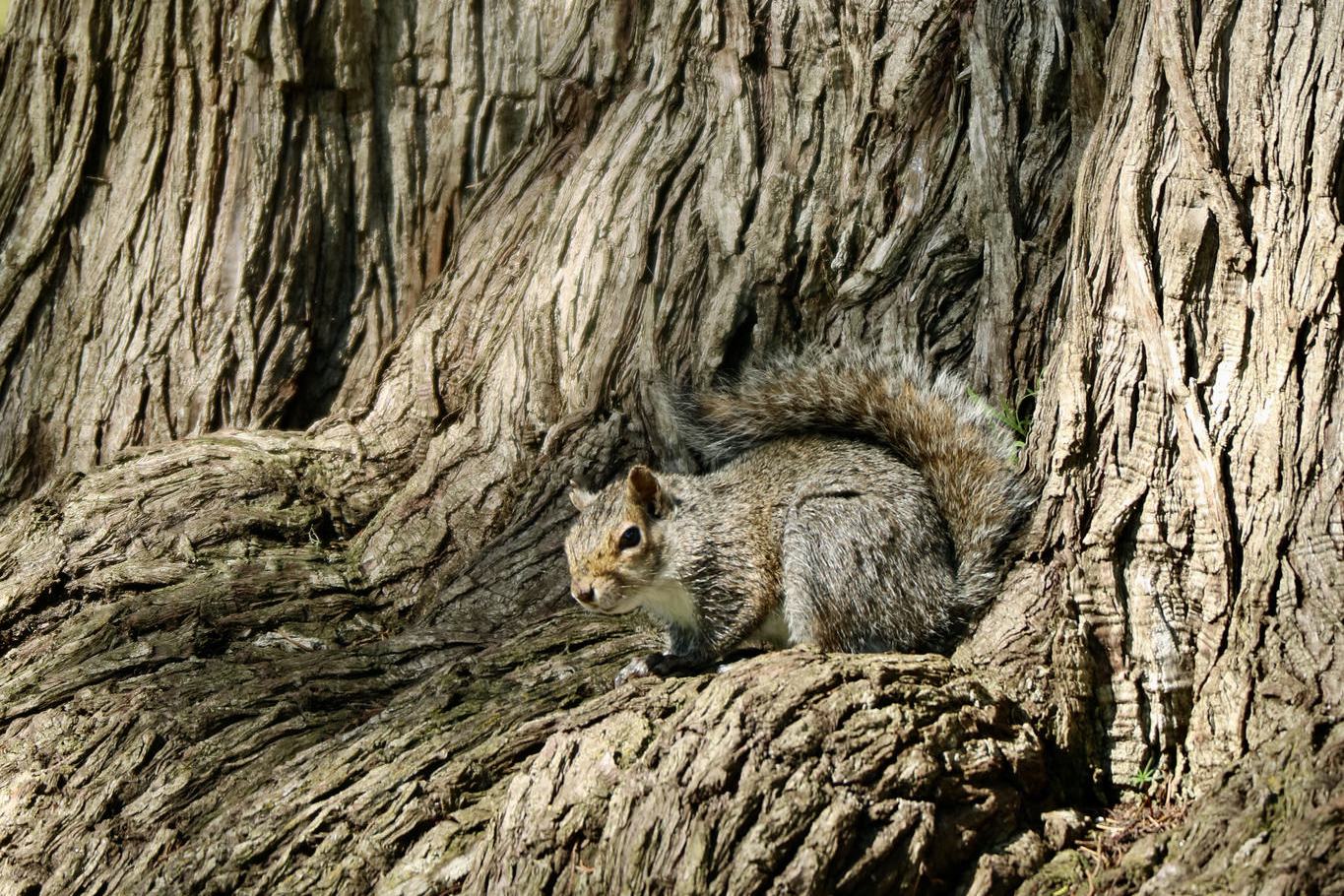
32 Examples of Camouflage in Nature
Predators and prey animals use camouflage so they don’t attract too much attention. Here are examples of color matching, disruptive coloration, self-decoration, active camouflage, and mimesis.

Predators and prey animals use camouflage so they don’t attract too much attention. Here are examples of color matching, disruptive coloration, self-decoration, active camouflage, and mimesis.

The Happiest Tree: A Yoga Story Grades K-2 ISBN-13: 978-1600603600 Lee & Low Books, 2008 Recommended Reading The Happiest Tree: A Yoga Story, written by Uma Krishnaswami, is an empowering story of a young girl’s road to self-confidence. In addition to introducing the practice of yoga to young children, this story’s protagonist, Meena, offers… Read more »

Fun facts about 10 trees from around the world to incorporate into a lesson about geography, science, language arts, and art. Students can create tree profiles to demonstrate their new knowledge.
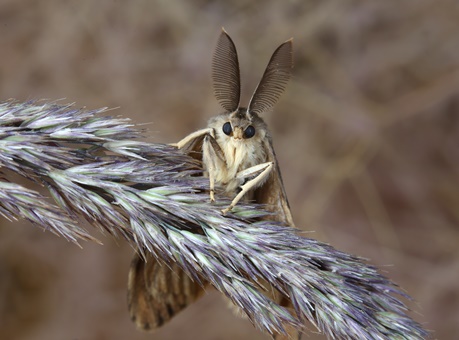
Engage students in STEM (science, technology, engineering, and math) as they learn about the impact invasive species have on ecosystems and biodiversity.

Give “reduce, reuse, recycle” a whole new meaning by incorporating this concept into many subject areas. Many of these hands-on project ideas can be adapted for any grade.
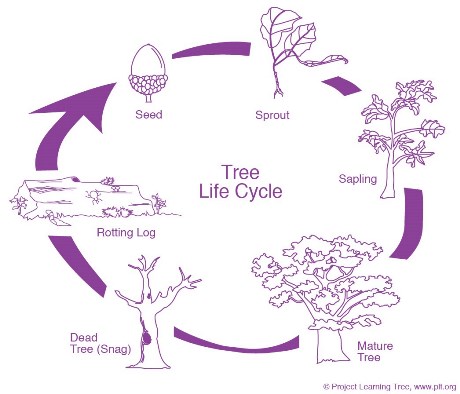
Engage students in STEM (science, technology, engineering, and math) as they learn about a tree’s lifecycle.
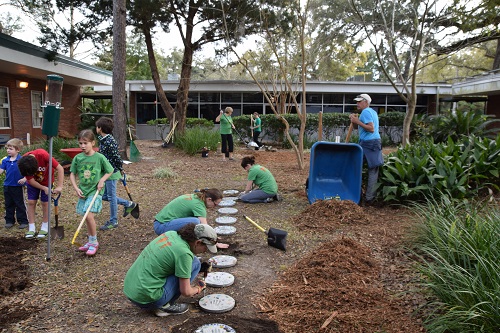
As the pandemic has disrupted countless traditional learning environments, many have begun to move classes outdoors. But as Project Learning Tree educators know all-too-well, taking lessons outdoors offers many more benefits than just germ control!

The Walking Fish Grades 6-8 ISBN-13: 978-0990782933 Tumblehome Learning, Inc., 2015 Recommended Reading Imagine you are in 7th Grade and plan to spend the summer with your parents at a cabin on the lake. Imagine you pack all your new fishing gear, a gift from Grandpa, only to find out the lake water is… Read more »
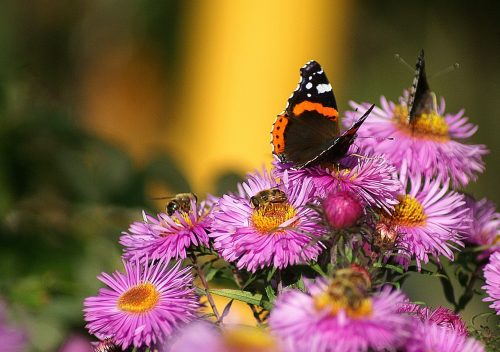
It’s critical we teach students about the role of pollinators. See how students of all ages can put their knowledge into practice and support pollinators.

Engage students in STEM (science, technology, engineering, and math) through the power of the written word. Try these enrichments for Project Learning Tree’s Poet-Tree activity.